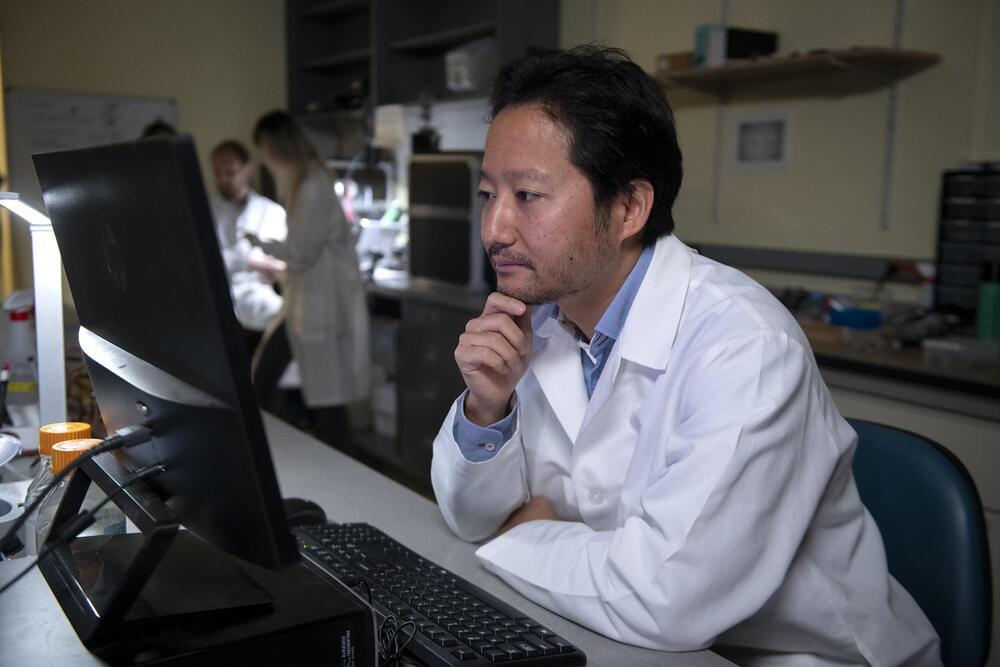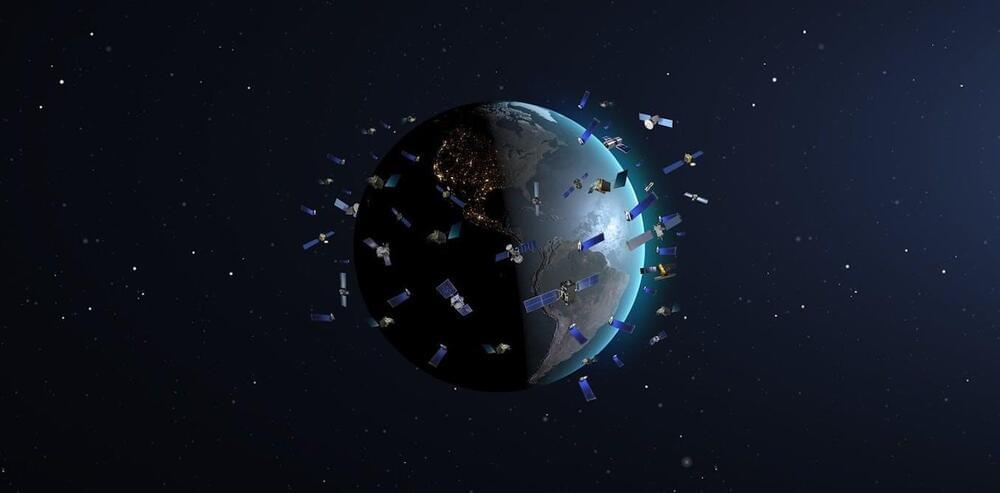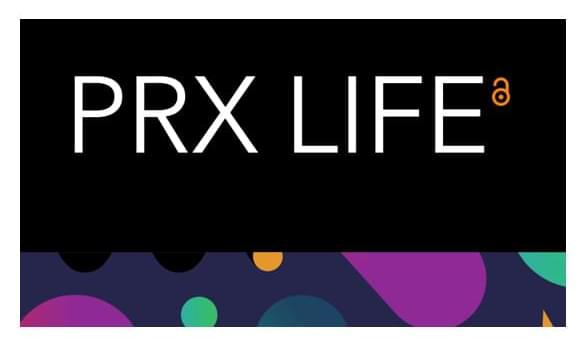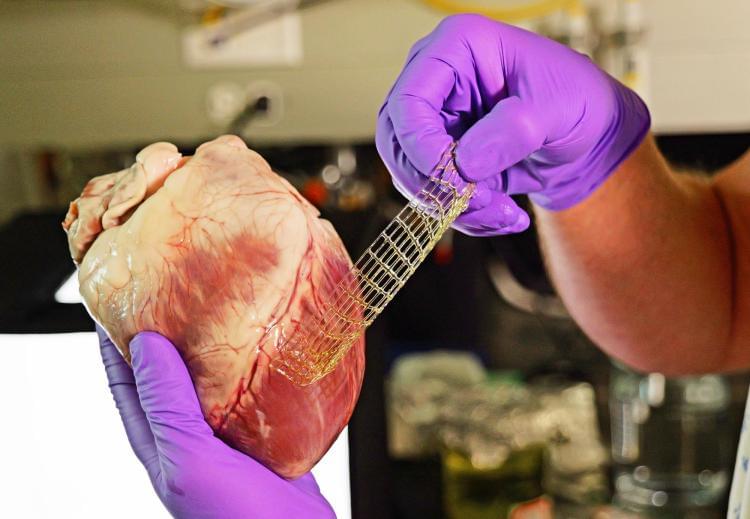Aug 25, 2024
UC Irvine discovery of ‘item memory’ brain cells offers new Alzheimer’s treatment target
Posted by The Neuro-Network in categories: biotech/medical, neuroscience
Researchers from the University of California, Irvine have discovered the neurons responsible for “item memory,” deepening our understanding of how the brain stores and retrieves the details of “what” happened and offering a new target for treating Alzheimer’s disease.
Memories include three types…
Finding significantly deepens understanding of crucial component of cognitive function.


















